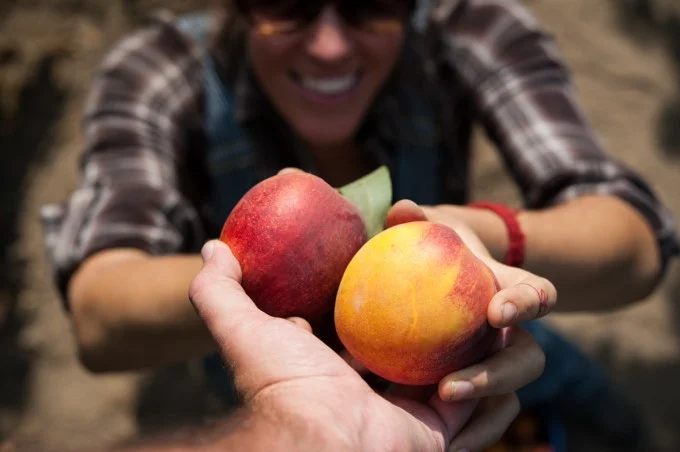On a Saturday morning in late June – not a busy time on most university campuses – Stanford's Institute of Design, in Palo Alto California was buzzing with energy. Nearly 300 people had gathered there for Hack//Meat Silicon Valley.
The two-day event used the intensive codefest, or "hackathon", model
made popular by the software industry to bring together a range of
stakeholders looking to improve the meat we eat.
Participants were
given a series of real-world challenges to choose from, then broke into
teams to hear from mentors in the field, and worked together over the
course of 48 hours to devise and present their own entrepreneurial
solutions. A panel of judges chose winners, who were given support to
take their ideas to the next stage of development.
This was the second in a series of Hack//Meat events, started by Danielle Gould, whose organisation Food + Tech Connect is examining ways that technology can impact the environment, the economy and public health through food.
Gould
and her collaborators chose to start with meat, because, "it's at the
centre of the plate. And it's controversial and polarising." Read more at the Guardian Sustainable Business.








